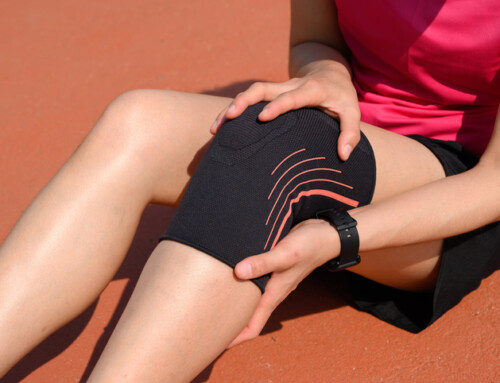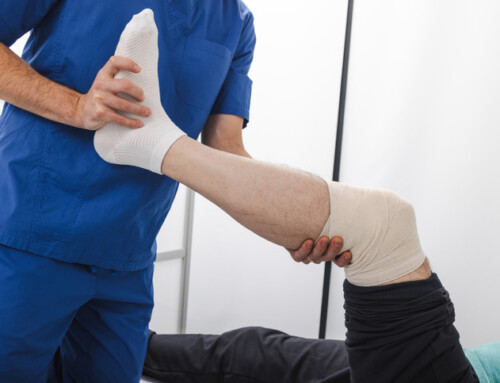By Julia Murray
What are Myofascial Sequences?
Myofascial sequences, also known as myofascial tracks or meridians, are groupings of muscles anatomically connected via fascial, or connective tissue, networks. These traceable meridians of myofascia follow the grain of the body’s connective tissue fabric. Muscles contract within these lines, transmitting force to adjacent and even ‘non-local’ structures down the chain.1 Depending on the relative location of the involved structures, fascia is capable of transmitting up to 15%-37% of muscle contraction force to adjacent muscles and anatomical areas.2
Most Studied Myofascial Sequence: The Superficial Back Line
There are many myofascial sequences within the body, however, the Superficial Back Line (SBL) is the most studied and supported. The SBL connects the fascia on the bottom of the foot to the calf muscles, the hamstring muscles, the fascia of the low back and spine, the muscles that flank the spine, and the fascia that comes up and over the back of the head to the forehead. It can be seen that the relative dysfunction or health of an area can impact structures down the chain. Clinical testing shows that stretching the hamstrings can improve the neck’s range of motion via the SBL.2,3 Further, manual therapy and stretching to the fascia on the bottom of the foot have both been shown to have immediate effects on hamstring flexibility.4,5
Myofascial Sequences & Physical Therapy
Viewing the body through the lens of myofascial sequences or meridians can allow for a more holistic view of posture, movement, and pain. It can also help identify dysfunctions within the musculoskeletal system and change how injury prevention and rehabilitation are managed, specifically regarding manual therapy and therapeutic exercise.
Myofascial Physical Therapy in Saratoga & Queensbury
Myofascial physical therapy, also known as myofascial release, is a hands-on treatment that helps relieve muscle pain and tension. It’s a gentle, low-impact therapy that can be used to treat back and neck pain, TMJ and fibromyalgia, among other conditions. To find out if myofascial physical therapy is right for you, call (518) 289-5242 to schedule a consultation with our mysofascial physical therapists in Malta, Queensbury, Saratoga Springs and Delmar.
References
- Myers, Thomas W. Anatomy Trains: Myofascial Meridians for Manual Therapists & Movement Professionals. 4th Ed. Elsevier Limited; 2021.
- Calgaro J, Bonaldi L, Sposta S.M., et al. (2023). Effects of Lower Limbs Stretching on the Neck Range of Motion: Preliminary Evidence for Myofascial Sequence? International Journal of Orthopedics and Rehabilitation. 2023; DOI:12974/2313-0954.2023.09.02
- Hyong IH, Kang JH. The Immediate Effects of Passive Hamstring Stretching Exercises on the Cervical Spine Range of Motion and Balance. Journal of Physical Therapy Science. 2013;25(1):113-116. doi: https://doi.org/10.1589/jpts.25.113
- Fauris P, López-de-Celis C, Canet-Vintró M, et al. Does Self-Myofascial Release Cause a Remote Hamstring Stretching Effect Based on Myofascial Chains? A Randomized Controlled Trial. International Journal of Environmental Research and Public Health. 2021;18(23):12356. doi: https://doi.org/10.3390/ijerph182312356
- Vyom Gyanpuri, Mohanty C, Neetu Rani Dhiman, Mishra V. Manual therapy on Plantar Fascia affects Superficial Back Line Flexibility: A Randomized Controlled Pilot Study. 2022;66(04):42-47. doi: https://doi.org/10.37398/jsr.2022.660407






